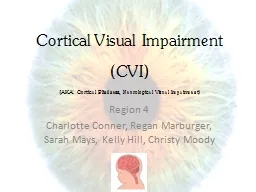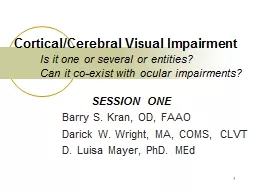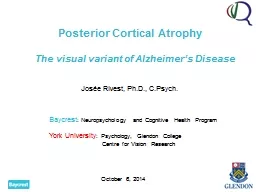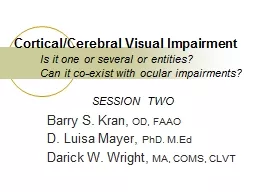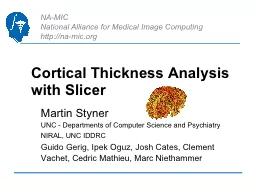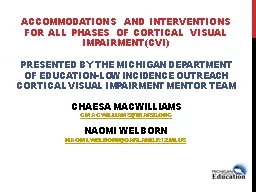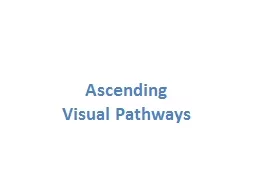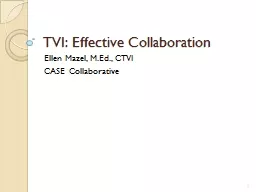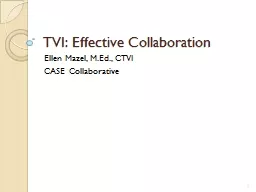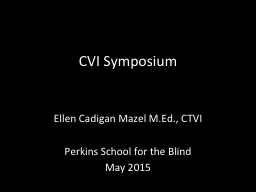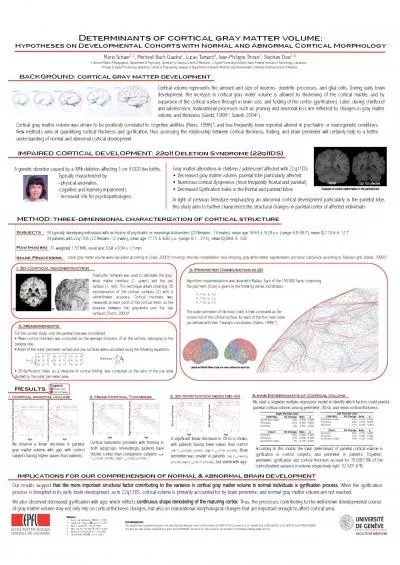PPT-Cortical Visual Impairment
Author : trish-goza | Published Date : 2016-03-10
CVI AKA Cortical Blindness Neurological Visual Impairment Region 4 Charlotte Conner Regan Marburger Sarah Mays Kelly Hill Christy Moody What is CVI Most commonly
Presentation Embed Code
Download Presentation
Download Presentation The PPT/PDF document "Cortical Visual Impairment" is the property of its rightful owner. Permission is granted to download and print the materials on this website for personal, non-commercial use only, and to display it on your personal computer provided you do not modify the materials and that you retain all copyright notices contained in the materials. By downloading content from our website, you accept the terms of this agreement.
Cortical Visual Impairment: Transcript
Download Rules Of Document
"Cortical Visual Impairment"The content belongs to its owner. You may download and print it for personal use, without modification, and keep all copyright notices. By downloading, you agree to these terms.
Related Documents

